Disclosure: This article contains affiliate links. We may earn a commission from purchases at no extra cost to you, which helps our travel content.
Santiago de Cuba presents a fascinating dichotomy for photographers – a city where colonial architecture meets Afro-Caribbean rhythms, all set against the dramatic backdrop of the Sierra Maestra mountains. As someone who's spent years documenting biodiversity corridors, I found Santiago's blend of natural and cultural elements creates a unique visual tapestry that challenges and rewards photographers willing to look beyond the obvious. My week here during last winter's field research trip revealed a city that demands both technical skill and cultural sensitivity to capture authentically.
Essential Gear for Santiago's Diverse Conditions
Santiago's microclimate presents unique challenges for photographers. The combination of bright Caribbean sun, narrow shaded streets, and frequent afternoon rain showers means you'll need to be prepared for rapidly changing lighting conditions.
I found my variable ND filter absolutely indispensable for managing the harsh midday light while still maintaining the vibrant colors that define Santiago. When shooting the colonial architecture along Calle Heredia, I could quickly adjust as I moved between sun-drenched plazas and shadowy porticos.
The humidity here can be brutal on equipment. My silica gel packets saved my gear multiple times. I place them in my camera bag every night, and they've prevented any moisture issues with my lenses and electronics. Given the unpredictable afternoon showers, a waterproof camera cover is also essential—I learned this lesson the hard way during a sudden downpour at Parque Céspedes!

💡 Pro Tips
- Bring a polarizing filter to cut through haze and enhance the vibrant colonial colors
- Pack extra batteries—power outages are common, and charging opportunities can be limited
- A lightweight microfiber cloth is essential for quickly wiping condensation off your lens when moving between air-conditioned buildings and the humid outdoors
Colonial Core: Architectural Photography Guide
Santiago's UNESCO-protected colonial center offers a photographer's paradise of architectural contrasts. The key is timing—early morning (6-8am) provides the softest light and fewest tourists, while the golden hour (around 5-6pm) bathes the pastel buildings in warm, dimensional light that brings out their textural details.
Parque Céspedes forms the heart of the colonial district and serves as an ideal base for exploration. The Cathedral of Our Lady of the Assumption on the square's eastern edge is particularly photogenic in early morning light, when the sun illuminates its façade while leaving the plaza in gentle shadow. For the best composition, position yourself at the southwest corner of the park using a medium zoom lens to compress the cathedral against the surrounding colonial buildings.
The balconies along Calle Heredia create fascinating interplays of light and shadow throughout the day. I found my lens hood essential here, as the contrast between bright walls and shadowed recesses can create unwanted flare. For detail work on the intricate ironwork and weathered paint that makes Santiago's architecture so distinctive, I relied heavily on my macro extension tubes, which allowed me to capture textural details without carrying a dedicated macro lens.

💡 Pro Tips
- Use a 24mm equivalent focal length to capture the full architectural context of buildings while minimizing distortion
- Shoot in RAW to preserve highlight and shadow detail in the high-contrast colonial scenes
- Include local residents in architectural shots to add scale and human interest—but always ask permission first
Capturing Santiago's Vibrant Cultural Rhythms
Santiago proudly claims to be Cuba's most musical city, and this cultural vibrancy presents both opportunities and challenges for photographers. The Casa de la Trova, just off Parque Céspedes, offers incredible opportunities for capturing authentic musical performances, but requires technical skill in challenging lighting conditions.
For indoor venues like Casa de la Trova or Casa de la Música, I found my fast prime lens invaluable. The wide aperture allowed me to shoot at ISO 1600 or lower while still maintaining shutter speeds fast enough (1/60s minimum) to freeze musicians in motion. When photographing performers, I always make a small purchase—a drink or modest cover charge—as a courtesy for the privilege of photographing.
Street photography in Santiago requires a blend of technical readiness and cultural sensitivity. The carnival traditions that influence everyday life here create spontaneous moments of color and movement. I kept my camera wrist strap attached at all times, allowing me to quickly raise my camera when those fleeting moments presented themselves. This proved especially useful during the impromptu street performances that frequently occur around Parque Céspedes in the evenings.

💡 Pro Tips
- Use center-weighted metering when photographing performers against dark backgrounds to avoid overexposure
- Set your camera to silent mode when photographing in cultural venues out of respect for performers and audience
- Learn basic Spanish photography phrases to ask permission before taking portraits—'¿Puedo tomar su foto?' goes a long way
Beyond the City: Landscape Photography Excursions
While Santiago itself offers endless photographic possibilities, some of my most compelling images came from short excursions to the surrounding landscapes. The Sierra Maestra mountains that embrace the city provide dramatic backdrops and opportunities to capture the relationship between urban development and natural environment.
El Morro Castle (Castillo de San Pedro de la Roca), about 10km southwest of the city center, offers spectacular views of the coastline and is particularly photogenic at sunset. The fortress's geometric lines against the organic forms of the coastline create compelling compositional opportunities. I arrived about two hours before sunset to scout compositions and secured my compact travel tripod on the ancient stone walls to capture the changing light as the sun descended.
For those interested in the ecological dimensions of the region, the Gran Piedra mountain area about 25km from Santiago presents cloud forests and coffee plantations that tell the story of human-environment interactions. As a scientist who studies biodiversity corridors, I found the ecological transitions fascinating to document. The changing light conditions in the mountains meant I relied heavily on my remote shutter release for precise timing of exposures during rapidly changing weather conditions.

💡 Pro Tips
- Use a graduated ND filter when shooting coastal scenes from El Morro to balance the bright sky with the darker fortress
- For mountain landscapes, shoot during the first and last hour of daylight when shadows create depth and dimension in the terrain
- Include elements that show scale in landscape images—the massive boulders at Gran Piedra are more impressive when a human figure shows their true size
Street Photography: Ethical Approaches and Technical Tips
Santiago's streets pulse with life from dawn until well past dusk, offering endless opportunities for documentary and street photography. However, this requires navigating both technical challenges and ethical considerations with equal attention.
The narrow streets create dramatic lighting conditions—harsh contrasts between sun and shadow that can confound even advanced metering systems. I often switched to spot metering and exposed for mid-tones, knowing I could recover some shadow detail later. My exposure compensation dial got a workout here, as I frequently needed to dial in -0.7 to -1.0 stops to prevent highlight clipping on the brightly painted buildings.
Ethically, I approached street photography in Santiago with respect and reciprocity. Rather than shooting candidly from afar with a telephoto lens, I used a 35mm equivalent focal length that required me to be physically present in the scene. This created opportunities for connection—many of my favorite images came after brief conversations (in my limited Spanish) that established rapport. The memory card wallet I carried allowed me to keep business cards with my website information to share with subjects who expressed interest in seeing their photos.
The streets around Tívoli neighborhood proved particularly photogenic, with their blend of French colonial influences and Afro-Caribbean cultural expressions. The early morning market activities and late afternoon social gatherings on doorsteps created natural moments of human interaction against Santiago's distinctive architectural backdrop.

💡 Pro Tips
- Use zone focusing techniques (pre-set focus to about 2 meters) to capture spontaneous street moments without autofocus delays
- Photograph market scenes early (6-8am) when vendors are setting up and the light is directional but not harsh
- Learn to recognize the difference between public activities that welcome photography and private moments that deserve privacy
Final Thoughts
Santiago de Cuba demands more from photographers than just technical proficiency—it requires patience, cultural sensitivity, and a willingness to engage with the city on its own terms. My week here revealed a place where the boundaries between documentary, street, architectural, and landscape photography blur into a cohesive visual narrative that tells the story of Cuba's complex history and vibrant present.
As scientists, we're trained to observe objectively, but Santiago taught me that the most compelling images emerge when we balance observation with participation. The photographs I value most from this journey aren't necessarily the most technically perfect, but those that captured authentic moments of connection—whether with the elderly musician who invited me to photograph his trio at Casa de la Trova, or the family who welcomed me to document their multi-generational gathering on their colonial-era porch.
If you're planning a photography trip to Santiago, remember that your best tool isn't in your camera bag but in your approach: slow down, connect with people, and allow the rhythm of the city to guide your visual storytelling. Santiago doesn't reveal its soul to those who rush—but for patient photographers willing to look beyond the surface, it offers visual rewards found nowhere else in the Caribbean.
✨ Key Takeaways
- Morning (6-8am) and golden hour (5-6pm) offer the most flattering light for Santiago's colonial architecture
- Variable ND filters and fast prime lenses are essential gear for managing Santiago's challenging lighting conditions
- Building rapport with locals leads to more authentic photographic opportunities than shooting candidly from a distance
- Protect your gear from humidity with silica gel packets and proper storage
- The surrounding landscapes of Sierra Maestra and coastal areas provide compelling counterpoints to urban photography
📋 Practical Information
Best Time to Visit
November through March (dry season with optimal photography conditions)
Budget Estimate
$75-150 USD per day including mid-range accommodation, meals, and transportation
Recommended Duration
5-7 days minimum to capture the diverse photographic opportunities
Difficulty Level
Moderate (Requires Navigating Uneven Streets, Occasional Power Outages, And Basic Spanish Communication)
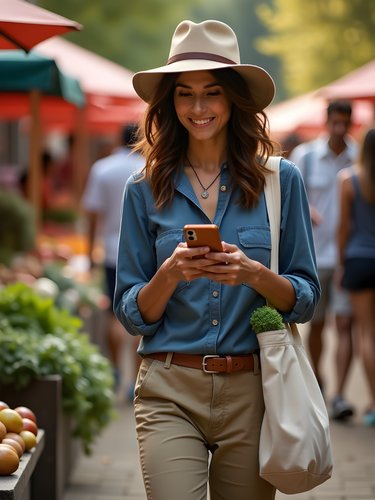
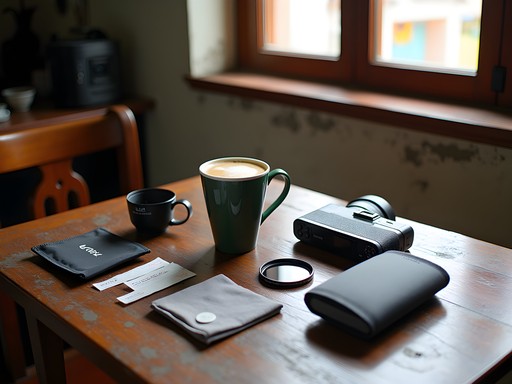

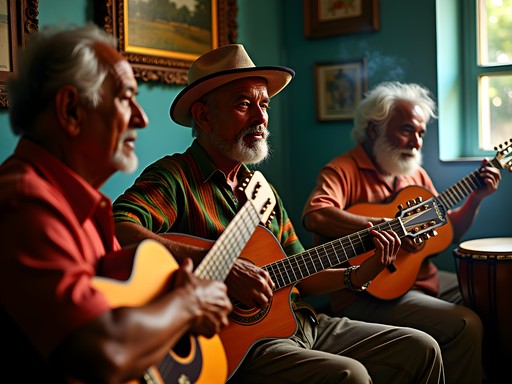




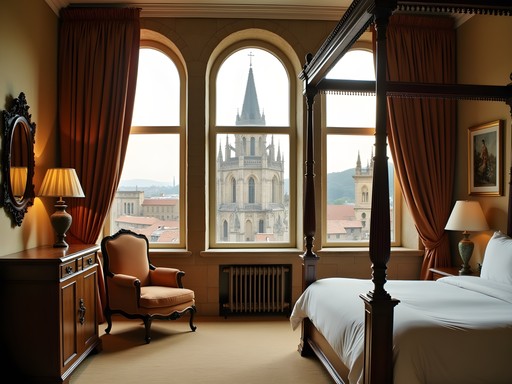






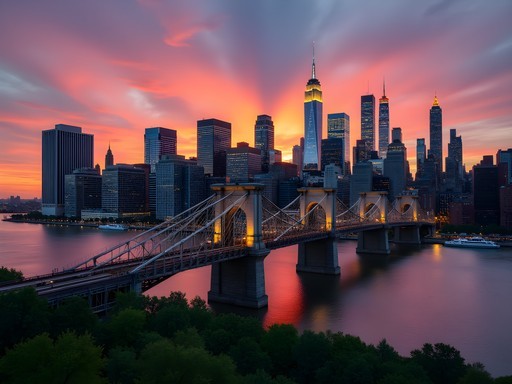
Comments
skylegend
Great guide! One tip for anyone heading to Santiago - the view from San Juan Hill is incredible for sunset photography, but bring a zoom lens. The cityscape with the mountains behind is stunning. Also, don't miss the Carnival preparations if you're there in July - incredible colors and energy to capture.
backpackstar
Thanks for the San Juan Hill tip! Adding it to my list for next month.
coolhero4283
OMG these photos are AMAZING!!! 😍 The street life ones make me feel like I'm right there! Can't wait to visit someday!!!
phototime
Just got back from Santiago and this guide would have been so helpful! The lighting conditions there are tricky - harsh midday sun but gorgeous golden hours. I found my polarizing filter essential for managing the bright Caribbean light, especially for those colonial buildings with their vibrant colors. The section about capturing cultural rhythms is spot on - the Casa de la Trova was photography heaven, though challenging with low light. Anyone else struggle with the humidity affecting their gear?
escapeguide
Going to Cuba next month! Is Santiago safe for solo photographers with expensive gear?
Nicole Russell
I felt very safe in Santiago as a solo female traveler! Just use common sense - don't flash expensive gear around at night, use a nondescript camera bag, and be aware of your surroundings. The locals are incredibly friendly and helpful.
escapeguide
Thanks Nicole! That's reassuring to hear.
Douglas Bradley
Excellent guide, Aria. Santiago's photographic potential is often overshadowed by Havana, but you've captured its distinctive character beautifully. I found the contrast between the colonial architecture and the Sierra Maestra backdrop particularly compelling. When I visited last year, I discovered that early morning (6-7am) offers the most dramatic lighting for the Plaza de Dolores area - the shadows create fascinating geometric patterns across the colonial facades. Did you encounter any issues with photographing locals? I found most Santiagueros quite receptive after a brief conversation.
phototime
I had the same experience with locals! A little Spanish goes a long way. Most people were happy to be photographed if I asked politely first.
backpackstar
Those colonial architecture shots are incredible! The light in Santiago looks magical.
Jean Wells
That shot of the musicians at Casa de la Trova perfectly captures Santiago's musical soul. The compositional balance between the performers and their environment shows remarkable restraint - allowing the viewer to feel present in the moment rather than merely observing it.
lenslover
Going to Santiago next month! Did you find it safe to walk around with camera gear?
Aria Cox
I felt quite safe, but I always use a non-descript camera bag and keep equipment minimal when exploring. The historic center is well-patrolled and generally very safe during the day.
backpack_wanderer
Bookmarking this for my trip next spring! Those street photography tips are gold.
cubafan
Just got back from Santiago and can confirm - the light changes so fast there! Bring extra batteries, I was constantly shooting and ran out of power twice.
starnomad
Good to know! Did you have any issues charging batteries there?
cubafan
Power was pretty reliable in my hotel, but I'd still recommend having at least 2 spares. The Casa de la Trova performances alone will drain your battery with all the amazing shots!
Venture X
Premium card with 2X miles, $300 travel credit, Priority Pass